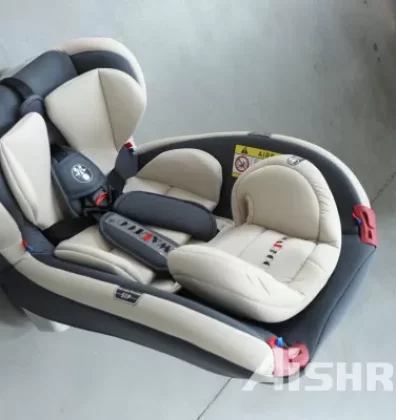Shredder, Crusher ,Granulator - Which one is better?
Often, the terms shredder, crusher and granulator interchangeably. What's the difference? When you need to shred material into small pieces, it may cost you hundreds of thousands or even millions of dollars to buy a machine, so how to ensure that you are not spending money in vain?
To know the answer, we must first clarify two questions: 1) What kind of material do you need to shred and what is the original form of the material? and 2) What size (particle size) do you want the material to be shredded?These two factors will determine the right place for your investment.
For example, is your material plastic, paper, rubber, PVC, old tires, household waste, wood pallets, construction waste, iron scrap, medical waste, or something else? What are you going to do with the materials after shredding? How big do you need the material to be shredded, for example 100mm, or 10mm, or smaller? Once you have the answers to these questions, you can choose the right machine based on a few simple guidelines.
Shredders
This machine, called a shredder in the plastics recycling industry, is known as a crusher in the waste disposal industry.A shredder is a low-speed, high-torque machine that breaks down large objects into smaller, less regular pieces, usually in the 20mm-200mm range and larger. Common uses of shredders include.
- Reducing the space occupied by garbage, thus reducing the cost of waste consignment.
- Shredding waste such as old tires into pieces for use as fuel or filler.
- Shredding paper or confidential documents to make them illegible and unreadable.
- Shredding of waste plastics before cleaning and recycling.
- Destruction of counterfeit products and inferior products.
- Preparation for the next process requires material refinement.

These include only the most common shredding applications. There are some great solution videos on the GEP ECOTECH website that demonstrate what a shredder can do for you. You can also see a variety of shredders and more technical information about the process on the official website.
Ore Crushers
These machines are mainly used for brittle materials in the mining, pharmaceutical and cement industries. Ore crushers (Crusher) are available in different configurations: jaw crushers, cone crushers, impact crushers, roll crushers, and hammer crushers. This article focuses on the application of crushers in the solid waste treatment industry, so we will not introduce more of these crushers.

Granulators
As opposed to a shredder, the Granulator is a high-speed (250-500 rpm), low-torque material refinement machine. In contrast to the shredder, which mainly uses tearing and shearing forces to "shred" the material, the blade shredder mainly uses the cutting method to refine the material. Due to the high speed of the blade type shredder, the speed of the blade relative to the material at work is also much higher than the shredder, so this type of machine is more suitable for soft materials. It can cut the material into 3mm-30mm particles, often behind the shredder for secondary crushing.

Granulators are available in both "open rotor" and "closed rotor" designs. The former has a large amount of air inside the knife roll to agitate and cool the material, and the open rotor structure also allows the knife roll to better handle lighter and larger pieces of material, while the latter has a large rotational inertia and is more suitable for crushing heavy materials. The blade mill has a very tight gap between the knife rolls and the fixed knives, which means that the crushed material has a neater cut edge and a more uniform granularity, while the knives require more frequent maintenance and replacement.
Grunalators are mainly used for plastic recycling and reclamation, and are suitable for lighter and softer materials, such as thin-shell plastic products, plastic bottles and plastic film.
Summary
When you are considering buying a shredder and need to make a choice, you need to determine the answers to the following questions first:
- What kind of material do I want to shred? Soft or hard, thick or thin, tough or brittle? It is best to have photos and provide the actual product to the shredder manufacturer?
- What is the size of the material to be shredded? Is the material in a loose or compacted state?
- How big the material is shredded? Is the uniformity of granularity important?
- How many hours a day does the shredder need to work? Is the feeding intermittent or continuous?
- Is the face value of the shredder also in consideration?
Once you have answered these questions, our application engineers with experience in material refinement will be able to help you determine the right shredder for you.




